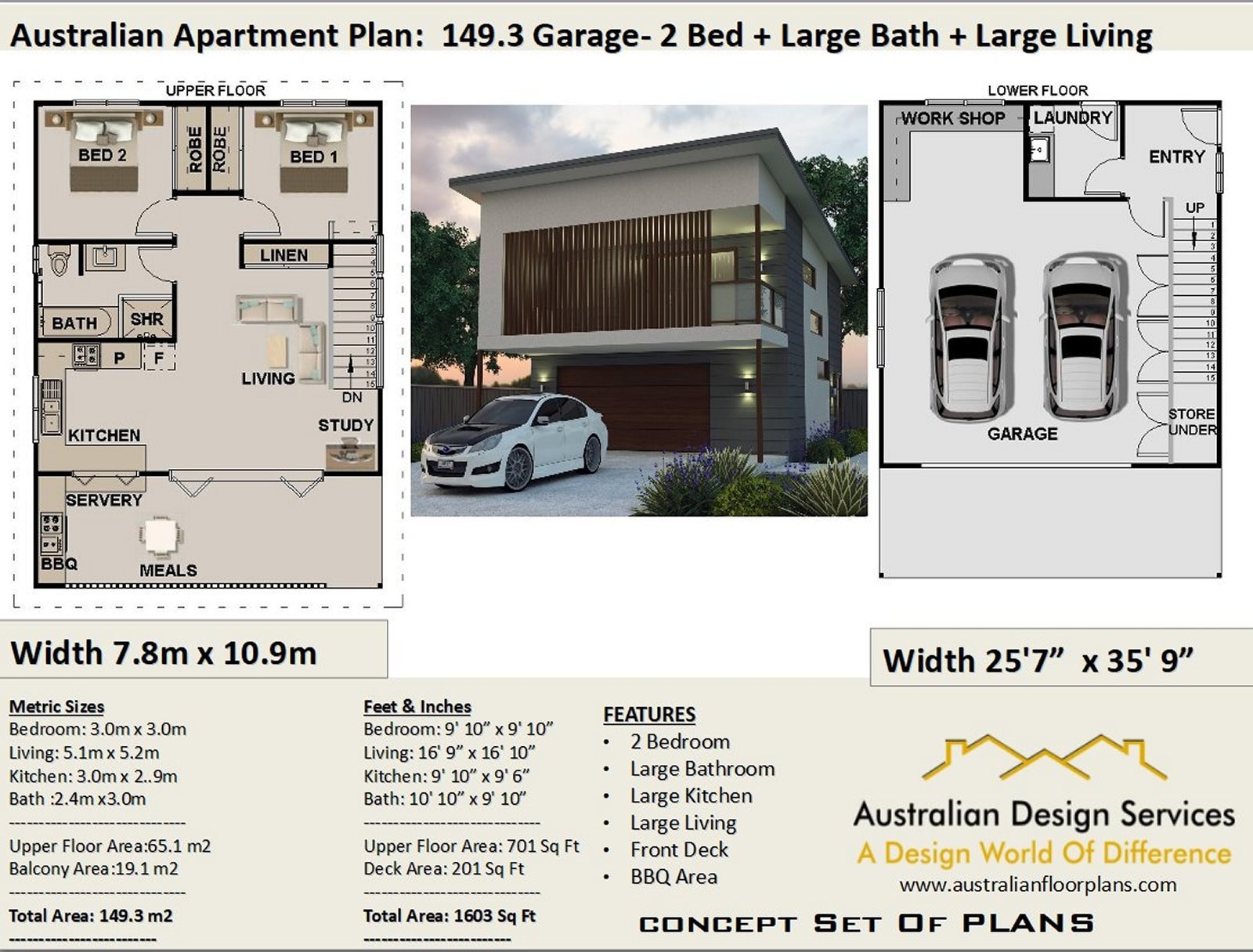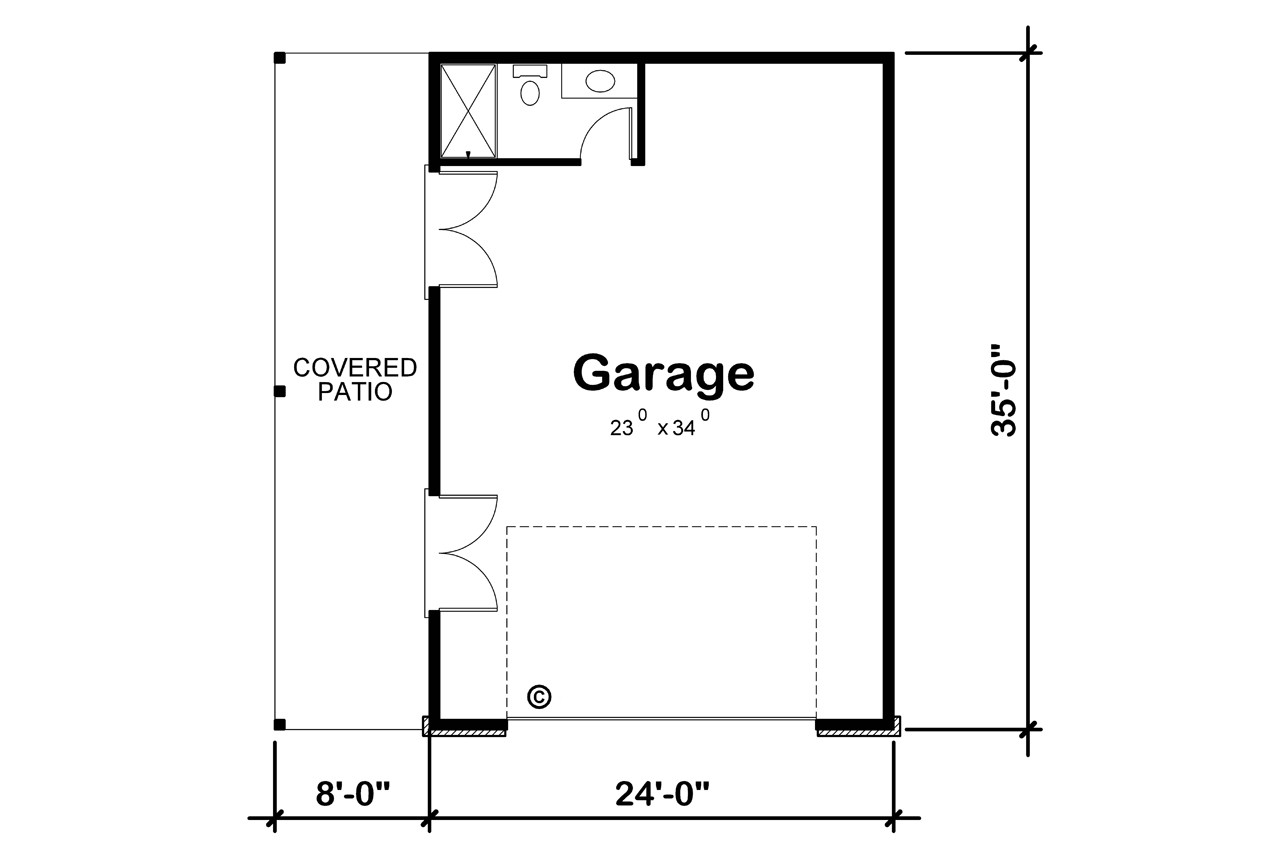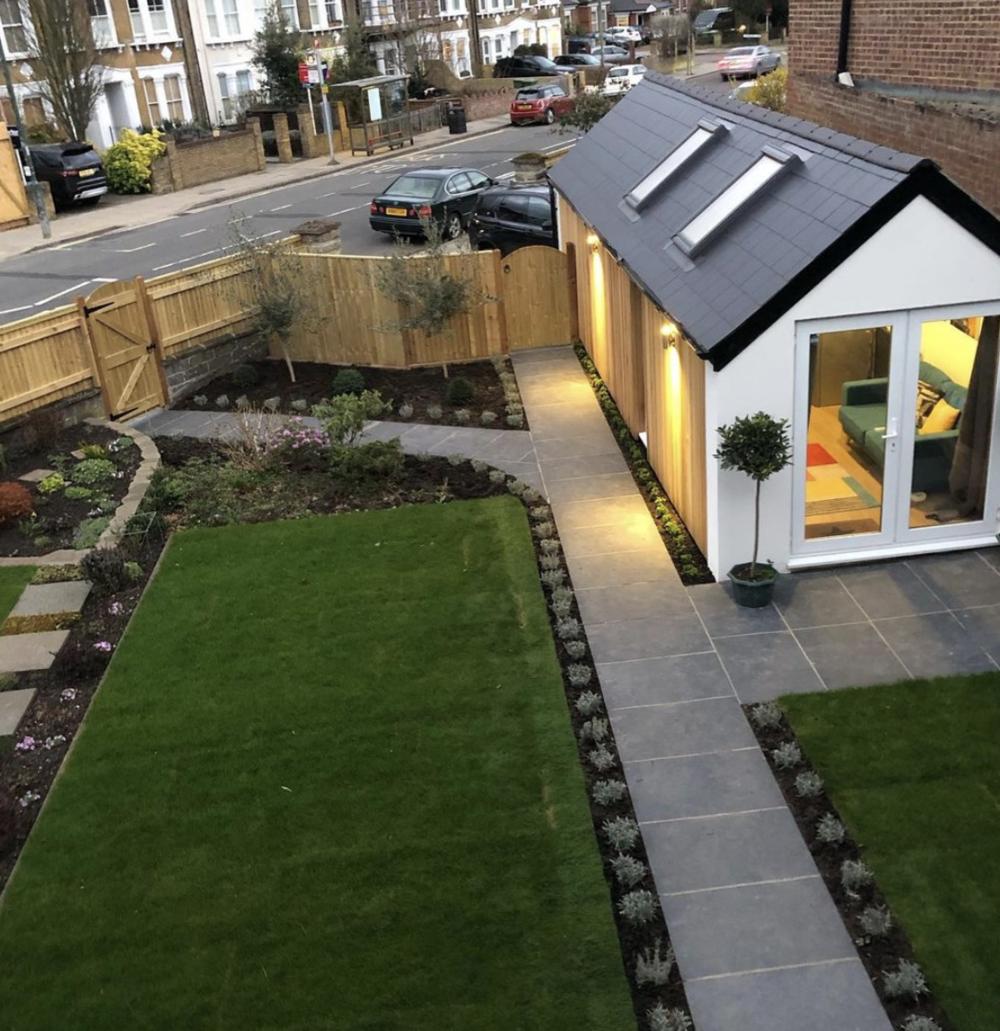
It's a matter personal preference to pick the right garage door style for your home. You will want to pick a style that matches the appearance of your house. The material you choose should also suit your location. If you live in a cold climate, you'll want a door that can keep your garage insulated.
Raised panel door are a trendy option. You can get this door in a wide range of styles and colors. You can also add decorative hardware. They can give a home a more spacious feel. This style can be very expensive. You might consider other options that are less expensive.
Victorian homes have intricate details. Homes built in this style are often richly colored. Often, these colors are carried throughout other elements of the home. For instance, the same color can be used in your window boxes and other fixtures. For a harmonious appearance, choose a shade that is similar to the landscape.

Tudor homes feature late Medieval and early Renaissance stylings. These styles usually include stucco exteriors. A good option for a Tudor-style home is a solid-looking garage door. These homes can be fitted with an overlay door rather than a standard slab door.
Craftsman houses have triangular-gable roofs. They also feature covered entryways and a porch. These homes were extremely popular in the 1900s. These homes feature decorative hardware and pillars that run along the entrance. Many homes have a traditional-looking garage doors. This door will make your Craftsman house stand out from all the others.
Traditional garage doors come in many materials: aluminum, steel, and wood. Some homeowners love the rustic appeal of wood while others prefer steel's strength. You can paint each of these doors to match your home's colors.
Your garage can make all the difference when it comes to curb appeal. You'll enjoy your home's beauty for many years if you choose the right garage door.

The most common styles of garage doors are contemporary, traditional, and raised panel. Each option is perfect for many different homes. Contemporary doors come in a wide range of styles and materials, including glass and steel. Modern styles emphasize clean lines and minimal visual distractions. Traditional garage doors are usually a solid color.
Choosing the right garage door for your home can be a fun task. There are many choices available, and most of them can be customized to your budget. It's possible to find the perfect garage doors for your home with a little research. Once you've decided which style you'd like, you can proceed to the next step, choosing the finish.
Not only is it a great way of increasing curb appeal but also increases your home's energy efficiency. Modern doors are insulated which can help keep your home cool and warm in the summer. You might also consider double-paned panels if you want additional security. This will allow you to have natural light and keep your garage well-insulated.
FAQ
What are the main components of a full kitchen renovation?
A complete kitchen renovation involves more than simply replacing the sink and faucet. You can also get cabinets, countertops or appliances, as well as flooring and plumbing fixtures.
Full kitchen remodeling allows homeowners to make small changes to their kitchens. This means that no demolition is required, making the project easier for both the homeowner and the contractor.
Renovating a kitchen can involve a range of services including plumbing, heating and cooling, painting, and even drywall installation. Depending on how extensive your kitchen renovation is, you may need multiple contractors.
Professionals with years of experience working together are the best way ensure a successful kitchen remodel. Small issues can lead to delays when there are many moving parts involved in a kitchen remodel. DIY kitchen remodels can be complicated. Make sure you have a plan and a backup plan in case of an emergency.
Are there any savings on a remodel of a bathroom or kitchen.
Remodeling a bathroom or kitchen can be expensive. It may make more sense to spend money on home improvements, considering how much you pay in energy bills each month.
Small upgrades can help you save thousands of dollars per year. A few easy changes like adding insulation to ceilings or walls can reduce heating/cooling costs by as much as 30%. Even a small improvement can make a difference in comfort and increase resale.
The most important thing to keep in mind when planning for renovations is to choose products that are durable and easy to maintain. Materials like porcelain tile, solid wood flooring, and stainless-steel appliances will last longer and need fewer repairs than vinyl countertops.
You may also find that replacing old fixtures with newer models can help cut utility expenses. Low-flow faucets and showerheads can reduce water consumption by as much as 50%. Replacing inefficient lighting with compact fluorescent bulbs can cut electricity consumption by up to 75 percent.
How long does it usually take to remodel your bathroom?
It usually takes two weeks to remodel a bathroom. This depends on the size and complexity of the project. Some jobs, such installing a vanity and adding a shower stall, can take only a couple of days. Larger projects such as removing walls, laying tile floors, or installing plumbing fixtures may require several days.
The rule of thumb is that you should allow three days for each room. You would need 12 days to complete four bathrooms.
Is $30000 too much for a kitchen redesign?
A kitchen renovation can cost anywhere between $15000 - $35000 depending on how much you want to spend. You can expect to spend more than $20,000. If you are looking for a complete overhaul of your kitchen, it will cost more. For less than $3000, you can update appliances, add lighting, and replace countertops.
An average cost for a complete renovation is between $12,000-$25,000. However, there are ways to save without sacrificing quality. You can replace an existing sink with a new one for around $1000. You can also buy used appliances at half the cost of new ones.
Kitchen renovations take more time than other types. So plan accordingly. It doesn't make sense to start work on your kitchen when you realize half way through that time is running out.
Your best bet is to get started early. Begin looking at the options and getting quotes from different contractors. Then, narrow down your options based upon price, quality, availability.
Once you've found a few potential contractors, ask for estimates and compare prices. It's not always the best option to go with the lowest price. It's important to find someone with similar work experience who will provide a detailed estimate.
Be sure to take into account all additional costs when you calculate the final cost. These may include labor or material charges, permits and so forth. Be realistic about what you can afford and stick to your budget.
Don't be afraid to tell the contractor what you think about any of the quotes. If you don’t like the first bid, let the contractor know and offer to give it another chance. Don't let pride stand in the way of saving money.
What are the top expenses associated with remodeling a Kitchen?
When planning a kitchen renovation, a few major costs are involved. These include demolition, design fees, permits, materials, contractors, etc. They seem quite small when we consider each of these costs separately. But when you combine them, they quickly add up to be quite significant.
Demolition is usually the most expensive. This includes removing any cabinets, appliances, countertops or flooring. Next, you will need to remove insulation and drywall. You must then replace these items with new ones.
Next, hire an architect who will draw plans for the space. Next, you must pay for permits to ensure the project meets building codes. The next step is to find someone who will actually do the construction.
Finally, once the job is done, you have to pay the contractor to finish the job. It is possible to spend anywhere from $20,000 up to $50,000 depending on the size and complexity of the job. Before hiring a contractor, it is vital to get estimates from multiple people.
You can sometimes avoid these costs if you plan. You might get better deals on materials and even save some time. You will be able save time and money if you understand what needs to done.
For example, many people try to install their cabinets. This will save them money as they won't need to hire professional installation services. However, this can lead to them spending more to learn how to place cabinets. A professional will usually finish a job in half as much time as you would.
You can save money by buying unfinished materials. You should wait until all of the pieces have been assembled before you buy pre-finished items like cabinets. You can immediately use unfinished materials if you purchase them. Even if it doesn't go according to plan, you can always change your mind later.
But sometimes, it isn't worth going through all this hassle. Plan is the best way to save on home improvements.
How much would it be to renovate a house vs. what it would cost you to build one from scratch?
The process of gutting a house involves removing all contents inside the building. This includes walls, floors and ceilings, plumbing, electrical wiring and appliances. It's often necessary when you're moving to a new house and want to make changes before you move in. Due to so many factors involved in the process of gutting a property, it can be very costly. Depending on what job you do, the average cost for gutting a house is $10,000 to $20,000
A builder builds a house by building it frame by frame. Then, he adds walls and flooring, roofing, windows and doors. This is done usually after purchasing lots. It is usually cheaper than gutting a house and will cost around $15,000 to $30,000.
It all comes down to what you want to do in the space. You'll need to spend more if you plan to gut your home. But if your goal is to build a house, you won't need to disassemble everything and redo everything. You can design it yourself, rather than waiting for someone else.
Statistics
- 57%Low-end average cost: $26,214Additional home value: $18,927Return on investment: (rocketmortgage.com)
- 55%Universal average cost: $38,813Additional home value: $22,475Return on investment: 58%Mid-range average cost: $24,424Additional home value: $14,671Return on investment: (rocketmortgage.com)
- Windows 3 – 4% Patio or backyard 2 – 5% (rocketmortgage.com)
- bathroom5%Siding3 – 5%Windows3 – 4%Patio or backyard2 – (rocketmortgage.com)
- About 33 percent of people report renovating their primary bedroom to increase livability and overall function. (rocketmortgage.com)
External Links
How To
How to Install Porch Flooring
Installing porch flooring is easy, but it does require some planning and preparation. Before installing porch flooring, you should lay a concrete slab. If you don't have a concrete slab to lay the porch flooring, you can use a plywood deck board. This will allow you to install porch flooring without having to invest in concrete slabs.
Installing porch flooring requires that you secure the plywood subfloor. Measure the porch width and cut two pieces of wood to fit the porch. These strips should be placed along both sides of the porch. Then nail them in place and attach to the walls.
You must prepare the area in which you plan to place the porch flooring after you secure the subfloor. This typically involves cutting the top layer of floorboards to the desired size. Next, finish the porch flooring. A polyurethane is a common finish. Staining porch flooring is also an option. Staining your porch flooring is much simpler than applying a final coat of paint. After the final coat has been applied, you will only need to sand it.
After completing these tasks, it's time to install your porch flooring. First, measure and mark the location of your porch flooring. Next, measure and mark the location of your porch flooring. Finally, set the porch flooring in place and fasten it using nails.
If you need to give your porch more stability, porch stairs can be installed. Like porch flooring, porch stairs are typically made from hardwood. Some people prefer to put their porch stairs up before they install their porch flooring.
Once you have installed your porch flooring, it is time to complete the project. You must first remove your porch flooring and install a new one. Next, remove any debris. You must take care of dirt and dust in your home.